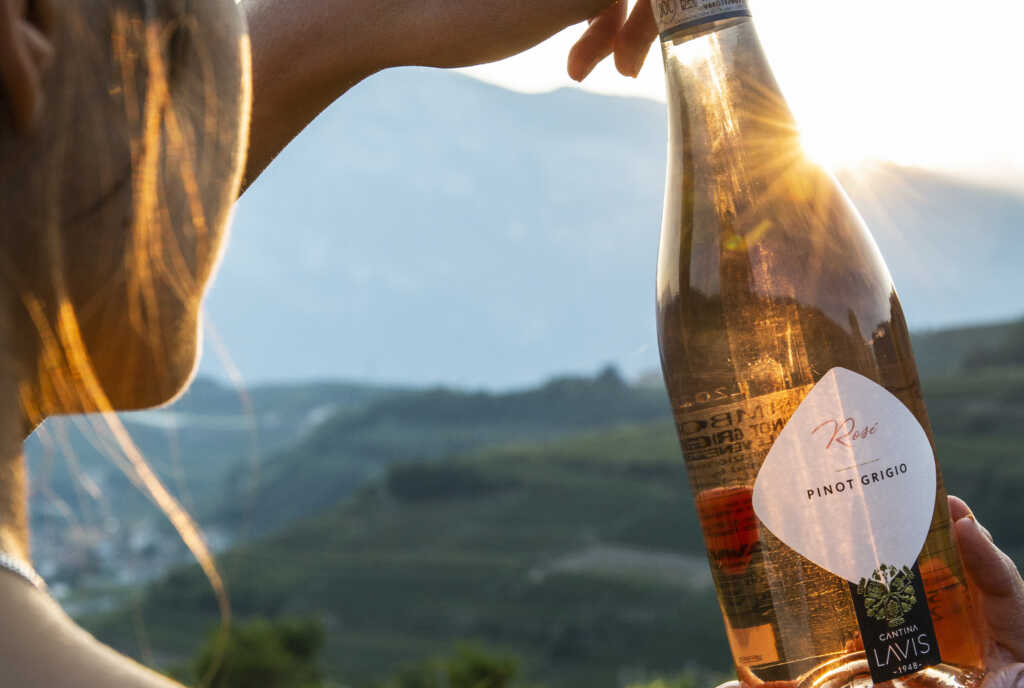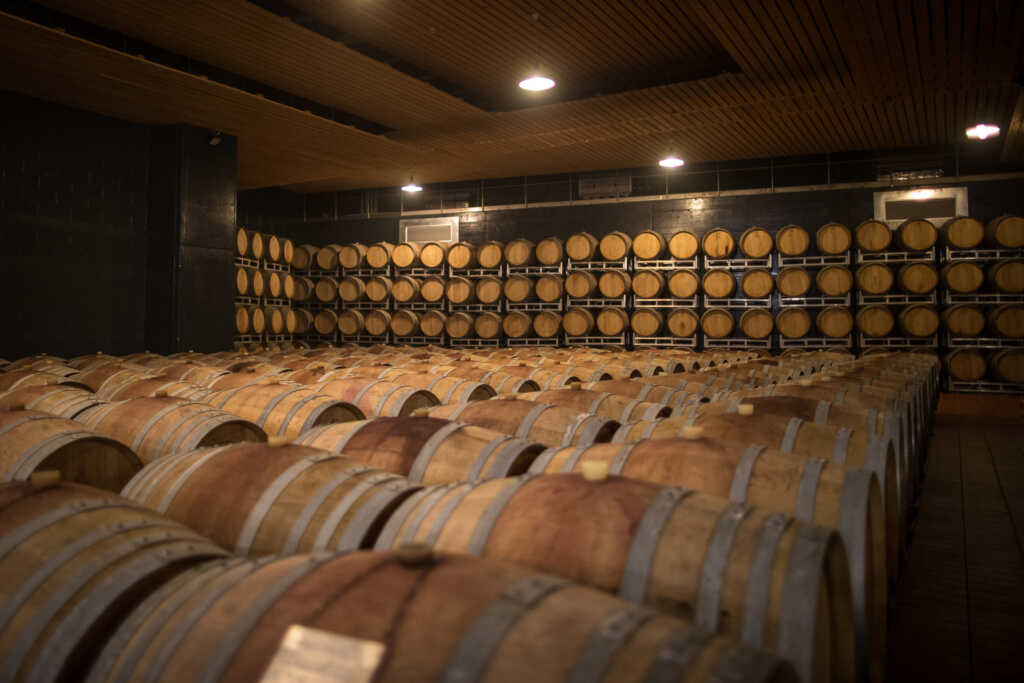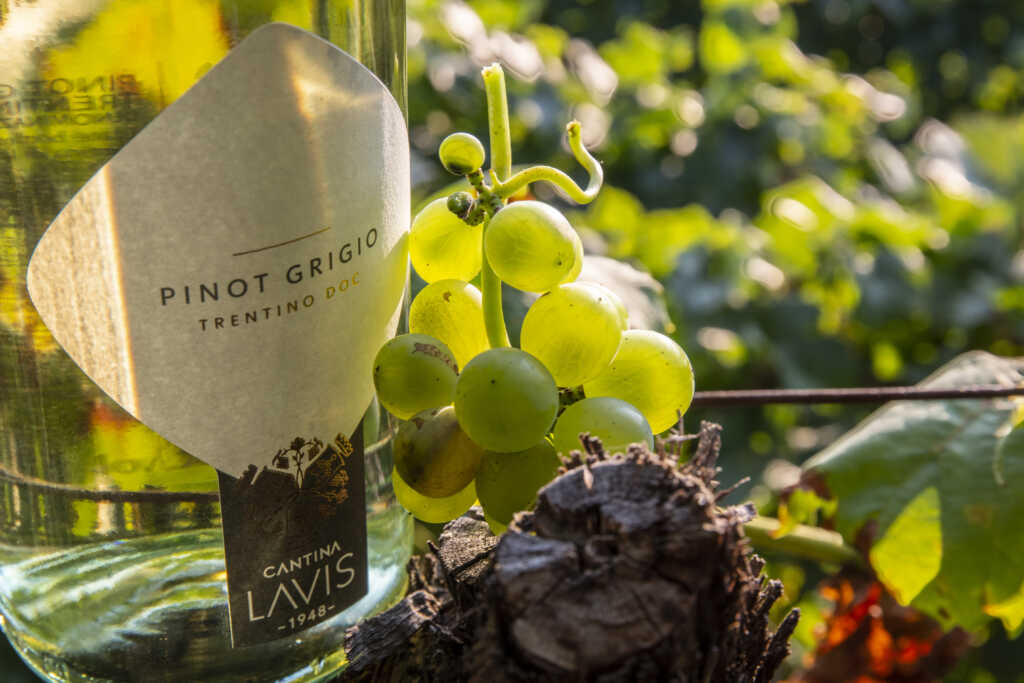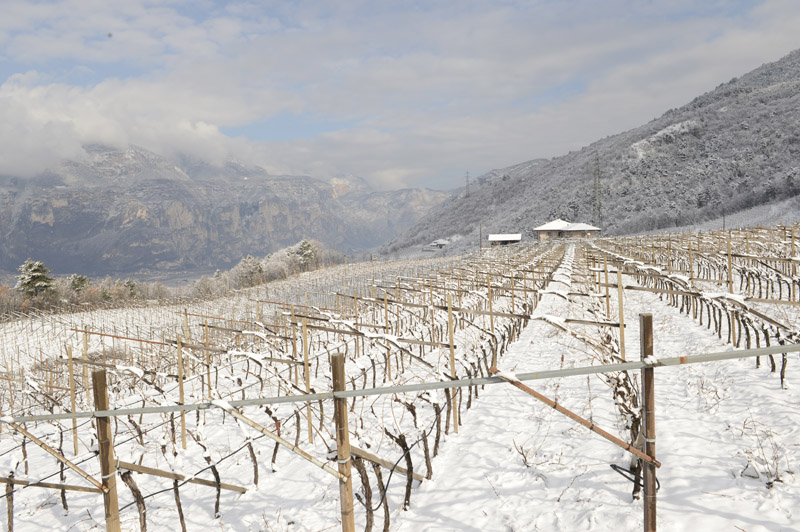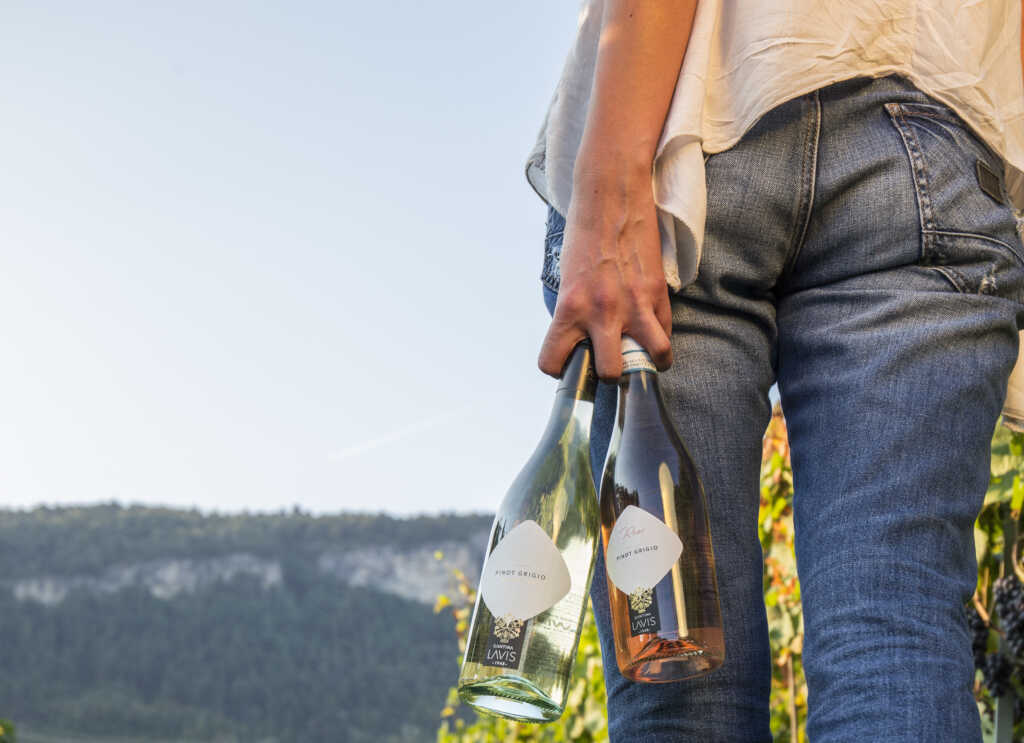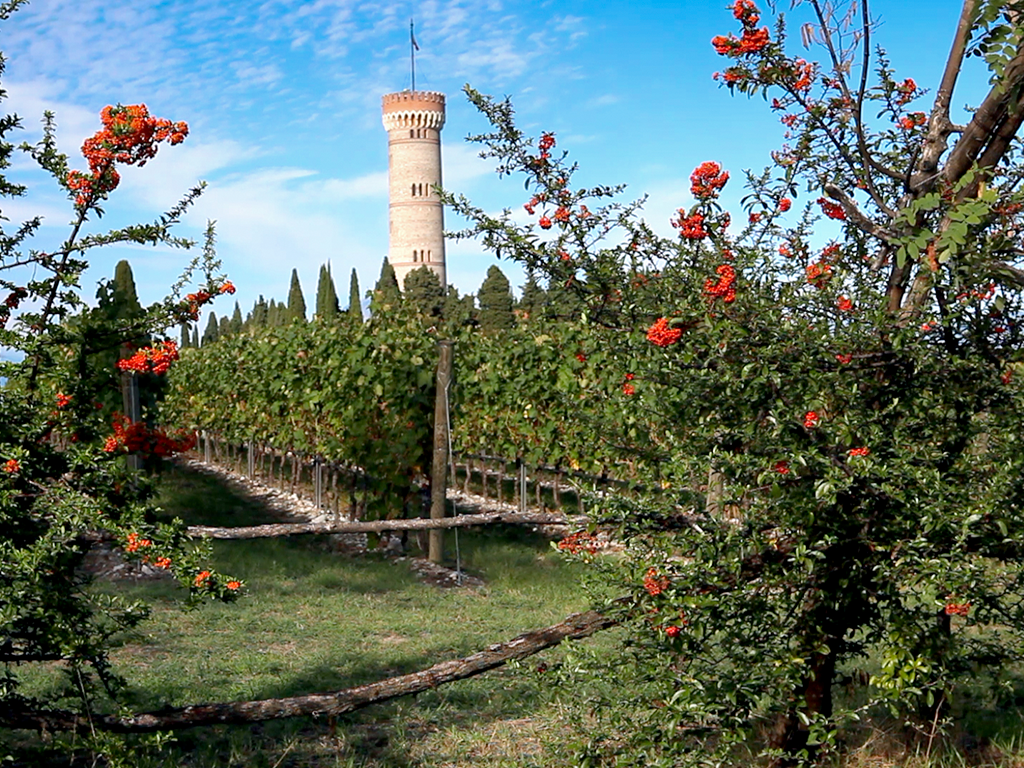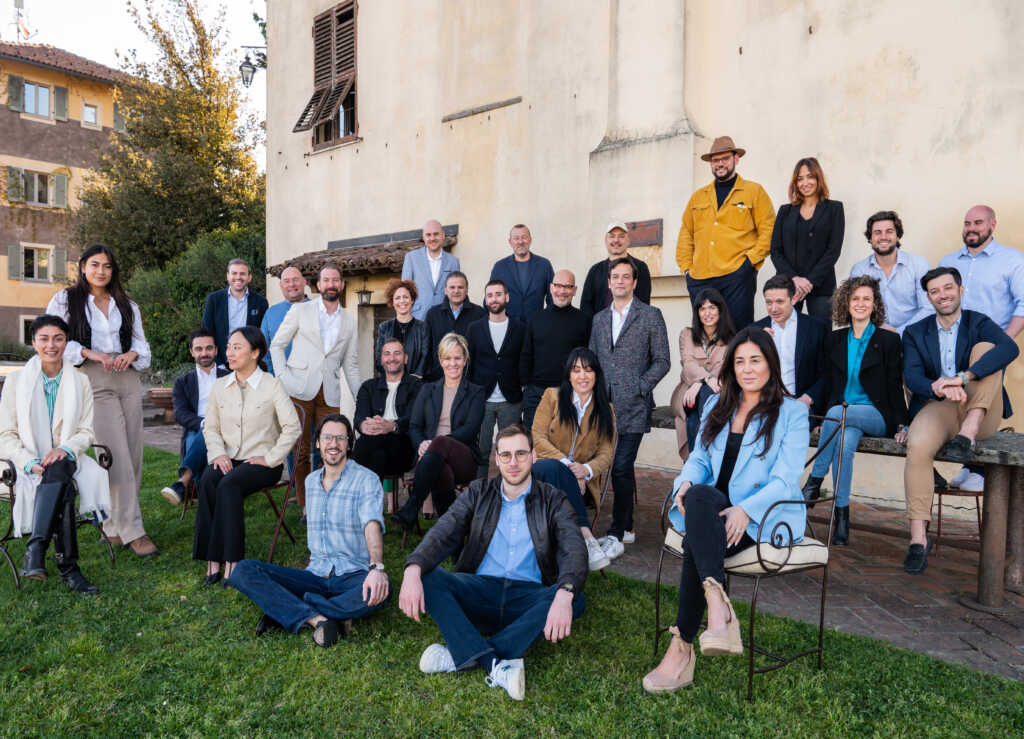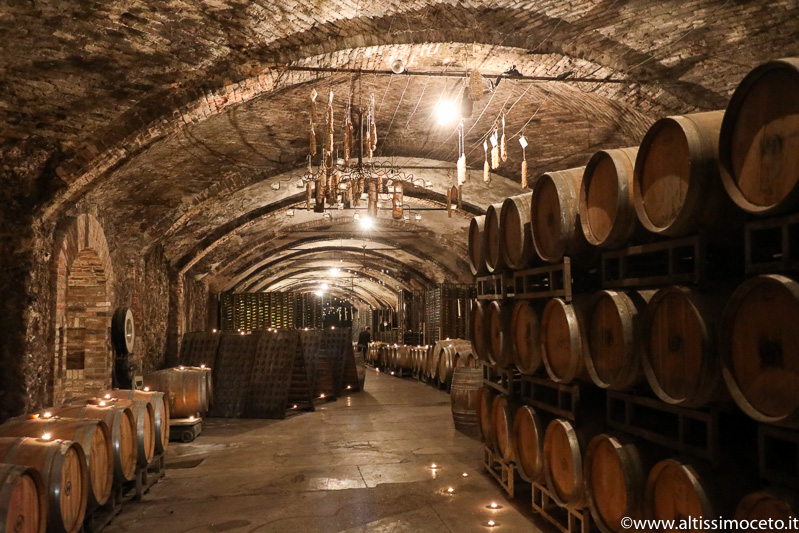Blog
Alpine Chardonnay, Italy’s best-kept secret
![]() Lavis, Trentino-Alto Adige
Lavis, Trentino-Alto Adige
![]() April 26, 2023
April 26, 2023
![]() Italy, Wine Blogs, Wineries
Italy, Wine Blogs, Wineries
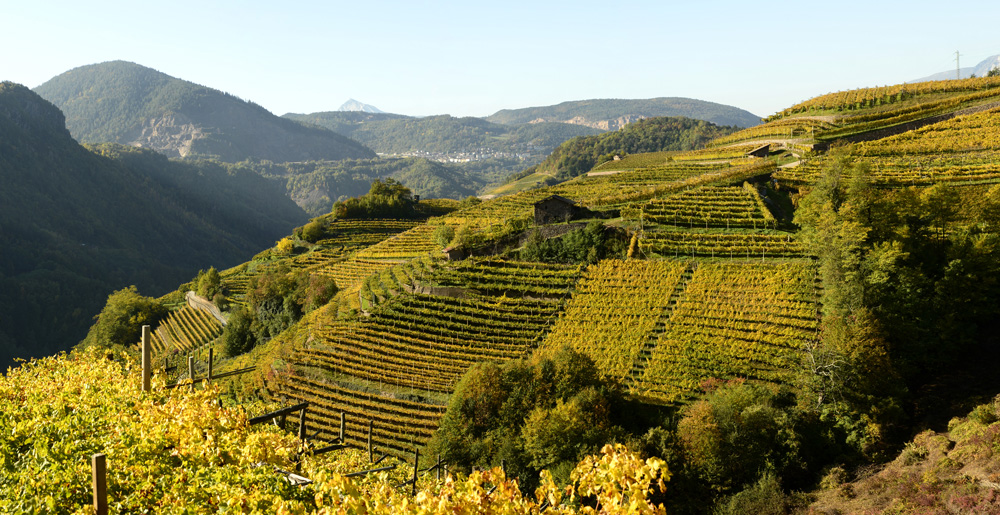
As you head north on the A22 autostrada from Verona toward the city of Trento and Trentino Province, you are treated to one of the world’s most breathtaking landscapes: The Val d’Adige (or Valle d’Adige), the Adige River Valley, an ancient Alpine valley that lies quite literally in the sky.
The Adige River is Italy’s second largest. And here is where it begins (it is pronounced AH-dee-jeh, with the emphasis on the first syllable; the valley name is pronounced VAHL DAH-dee-jeh).
Here, the combination of mountain topography, climate, and altitude create some of the best conditions for viticulture imaginable. It’s no surprise that fine wine has been produced here for more than 300 years, dating back to the time when the region was under the rule of the Austro-Hungarian Empire.
The Alps themselves provide protection from the storm winds arriving from the north. At the same time, the cool air currents that descend from the mountains provide excellent ventilation and help to cool the berries during the crucial months of ripening during summer.
The altitude is also an important factor in viticulture here. Summer temperatures are always cooler here thanks to the elevation, another element that allows for slow and even ripening of the grapes.
But the valley’s true secret weapon is its soil types. Here, pebbly “diluvial” soils provide drainage needed to “stress” the vines as they dig deeper in their search for the water table and nutrients, thus increasing their “vigor.” And ancient volcanic soils make for wines with nuanced fruit flavors and rich minerality. Anyone who’s ever made the visit knows the region’s unmistakable red Porphry (volcanic) stone, one of the world’s most coveted types of marble.
The Lavis cooperative in the village of Lavis (not far from Trento) is made up a patchwork of likeminded family-run farms who tend to their vines with the same passion and devotion that they care for their pristine landscape. Here, organic farming practices are the norm among the Alpine communities, which are also renowned for their pristine farmland, apple orchards, and the purity of their drinking water.
Today, white wine lovers are discovering one of the region’s best-kept secrets: Alpine Chardonnay. The Burgundian grape variety has been grown by famers in the Val d’Adige for generations, since the time when the valley raised wines destined for well-heeled patrons in 19-century Vienna.
The Lavis Chardonnay is wonderfully fresh on the nose and the palate. That’s owed in great part to the growing conditions. The cool Alpine climate helps to retain the grape’s natural aromas and flavors.
But thanks to the region’s unique soils, its classic varietal notes — white flower, tropical, citrus — are balanced by vibrant salinity and savory notes.
It’s one of those wines that truly speaks of place and tradition.
Lavis is also famous for its Pinot Grigio, another grape variety that has been grown in the Val d’Adige since the era of Austro-Hungarian rule. The winery’s Pinot Grigio is made in the “ramato” (copper-colored) style, thanks to skin contact during vinification. This is how Pinot Grigio was produced before the new wave of straw-colored Pinot Grigio that began appearing in the 1980s. Not only does the process give the wine a beautiful rosé color. But it also gives it some structure and body as well.
Every time you open a bottle of Lavis, you feel transported to that gorgeous Alpine river valley where orchards line the valley floors and vineyards line the valley walls. It’s one of the world’s most wonderous places to behold. And so are the people and the wines they make.


